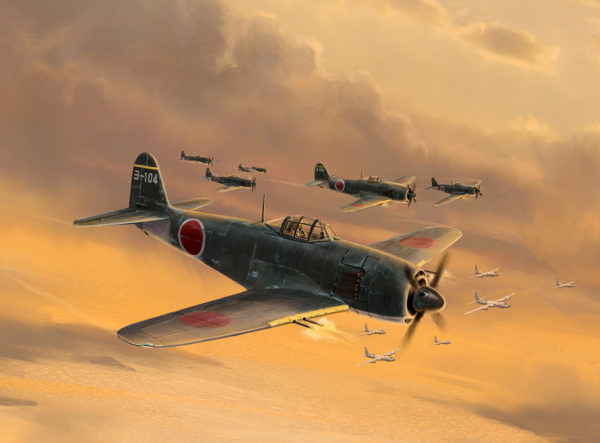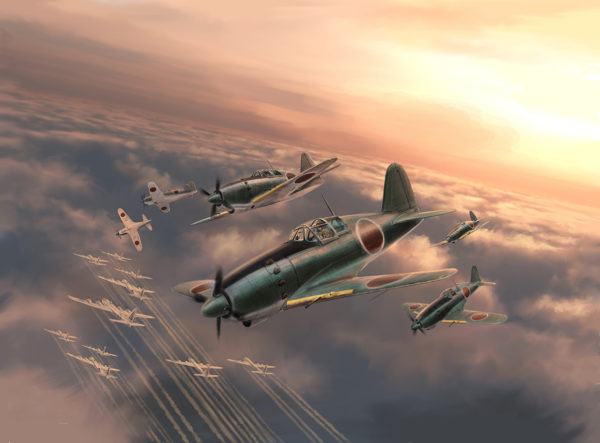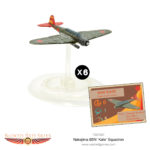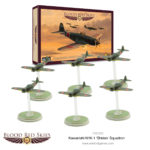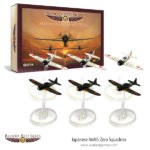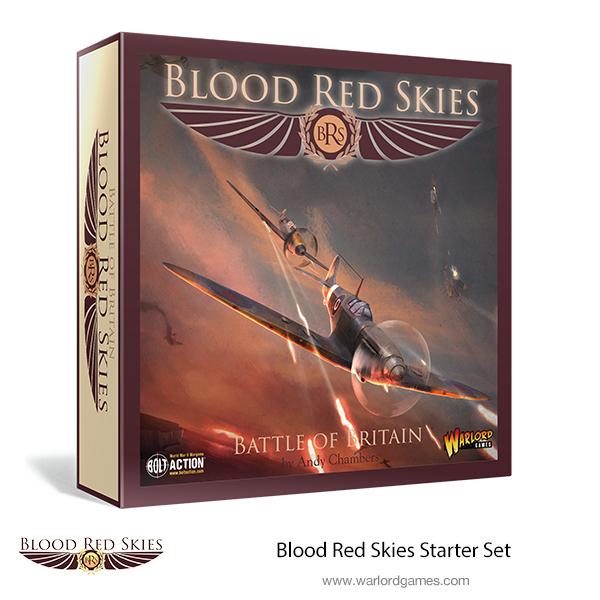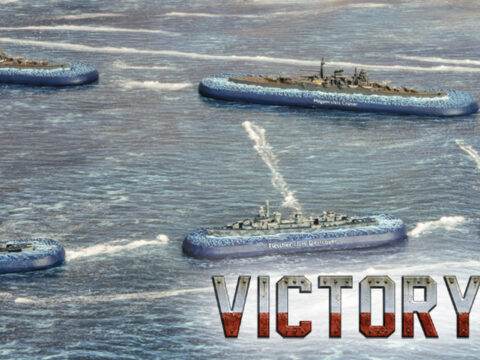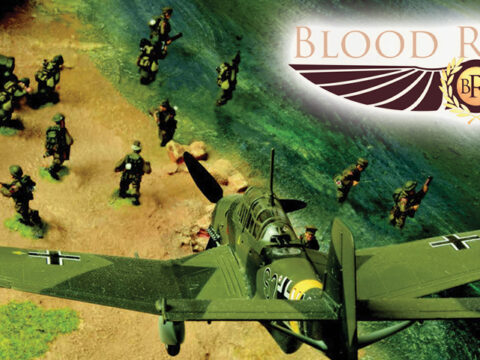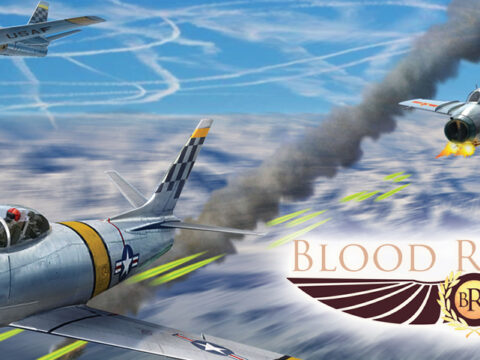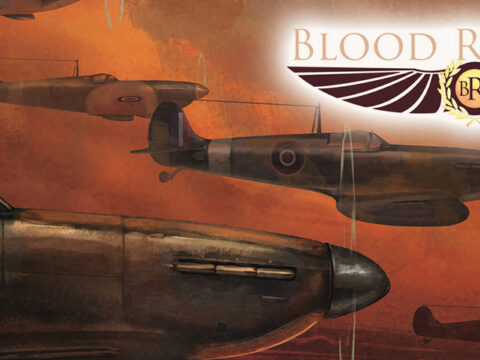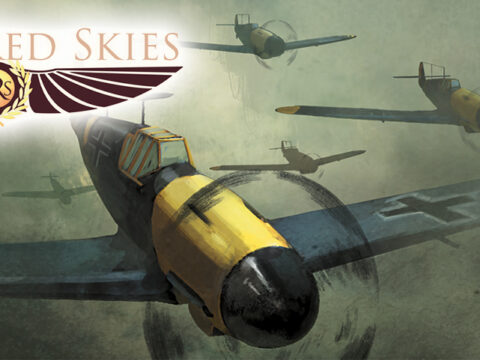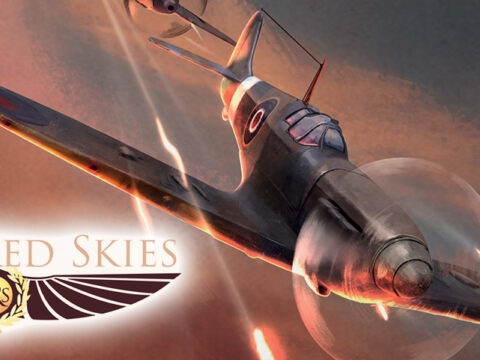Dive back into Blood Red Skies with a brief look at the Imperial Japanese Air Forces – both Army and Navy. Drive the enemy back in the Emperor’s name!
Like the Americans, the Japanese did not have a dedicated air force, with the operation of aircraft being handled by the Army Air Service and the Navy Air Service. There was fierce competition between both branches, each one desperate to carve out their own area of operations. The Army Air Service started out operating hydrogen balloons during the Russo-Japanese War, eventually purchasing foreign biplanes and monoplanes to help kickstart domestic aircraft production.
The Naval Air Service acquired four seaplanes in 1912 – two from the American company Curtiss, and two from Farman in France. Basing these ships on a converted transport ship, the Japanese effectively created one of the world’s first aircraft carriers.
Both branches fought during the first world war, bombarding the German enclave at Tsingtao from the air, to great success. Japan continued to seek foreign assistance during the interwar period, drawing on international expertise to enhance their understanding of aircraft design and battle tactics.
When Japan invaded the Chinese mainland in 1937, both Army and Navy air units saw service against their Chinese counterparts. Despite flying near-obsolete aircraft, the Chinese were able to give the Japanese a bloody nose over Shanghai, squaring off against the state-of-the-art G5M Claude. Army and Navy bombers were ultimately used to pound the Chinese into submission, indiscriminately bombing military and civilian targets.
But to fly is just like swimming. You do not forget easily. I have been on the ground for more than ten years. If I close my eyes, however, I can again feel the stick in my right hand, the throttle in my left, the rudder bar beneath my feet. I can sense the freedom and the cleanliness and all the things which a pilot knows. – Saburo Sakai
In 1941, a carrier-based aerial strike force assaulted the US Pacific Fleet base at Pearl Harbour, destroying over 188 aircraft for a cost of only 29 of their own, in addition to the 21 American ships that were sunk or damaged. This kickstarted the Pacific campaign, and over the next four years, Japanese, American and Commonwealth pilots would squabble over tropical island chains and windswept oceans.
In the early stages, Japanese air superiority was assured – the nimble A6M Zero and its land-based counterpart the Ki-43 Oscar were lightning quick and ferociously agile dogfighters, completely outclassing the Hurricanes, Airacobras and Wildcats put up by their opponents.
Unfortunately, as the conflict wore on, Japanese industry was unable to keep pace with the Allies, and the Zeros and Oscars remained in service well after they had been rendered obsolete by advancing technology.
Notable Aircraft
- Zero Fighter
- Oscar Fighter
- Kate Torpedo Bomber
- Val Dive Bomber
- G4M Betty
Notable Pilots
- Saburo Sakai


